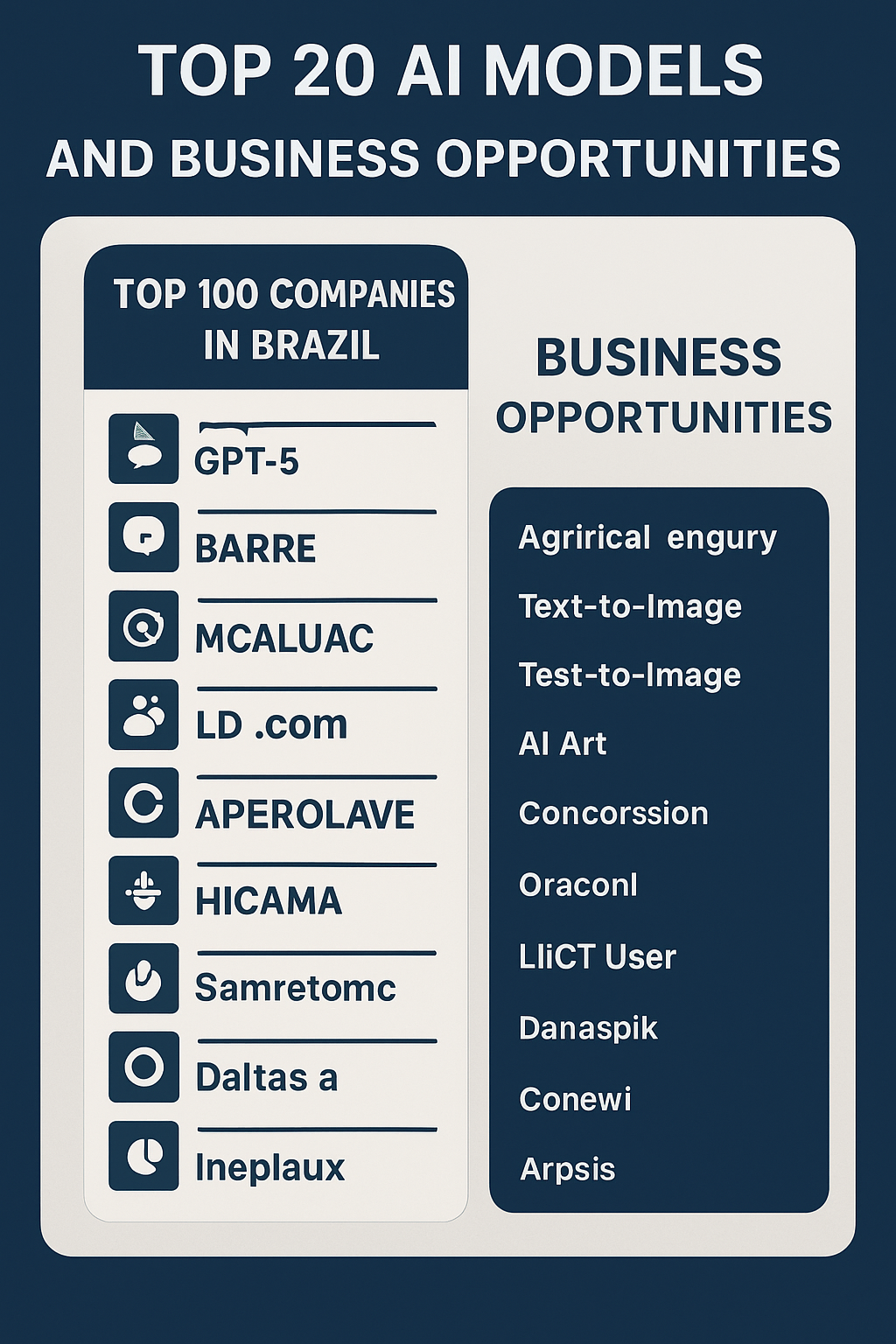1. The History of Tesla’s Flagship Models
1.1 The Birth of Model S
- Launched in 2012, the Model S was Tesla’s first mass-market sedan.
- Achieved critical acclaim for its long-range capabilities and sleek design.
- Transformed perceptions of EVs as practical and desirable vehicles.
1.2 The Arrival of Model X
- Released in 2015, the Model X is a luxury SUV with groundbreaking features like Falcon Wing doors.
- Built on the Model S platform but designed to cater to families and those desiring more space.
2. Exterior Design and Aesthetics
2.1 Sleek and Modern Design of the Model S
- Streamlined body for aerodynamic efficiency.
- Distinct front fascia without a traditional grille, signaling an EV aesthetic.
2.2 Bold and Unique Styling of the Model X
- Coupe-like roofline with SUV proportions.
- Signature Falcon Wing doors for easy rear-seat access, even in tight spaces.
3. Interior and Luxury Features
3.1 Minimalist Cabin Design
- Dominated by a massive 17-inch touchscreen (Model S) or a 15-inch screen (Model X).
- Premium materials like leather alternatives and wood trims.
3.2 Comfort and Space
- Model S offers sporty seating for five, with optional rear-facing seats for children.
- Model X includes three-row seating and unparalleled cargo capacity for an EV.
4. Performance and Range
4.1 Cutting-Edge Powertrains
- Dual-motor or tri-motor setups providing all-wheel drive capabilities.
- Plaid models boast acceleration from 0-60 mph in under 2 seconds (Model S) and unparalleled performance for an SUV (Model X).
4.2 Range Capabilities
- Model S: Up to 405 miles on a single charge.
- Model X: Up to 348 miles, balancing performance with practicality.
5. Technology and Innovation
5.1 Autopilot and Full Self-Driving (FSD)
- Advanced driver-assistance features, with FSD promising near-autonomous driving.
- Regular over-the-air updates to enhance functionality.
5.2 Infotainment System
- Integrated entertainment with games, Netflix, YouTube, and Spotify.
- High-fidelity sound systems tailored for audiophiles.
6. Sustainability and Environmental Impact
- EVs produce no tailpipe emissions, contributing to cleaner air.
- Tesla’s commitment to using sustainable materials and promoting renewable energy integration.
7. Safety Features and Accolades
7.1 Industry-Leading Safety Ratings
- Both models boast 5-star safety ratings from agencies like NHTSA.
- Features like collision avoidance, emergency braking, and sturdy structures enhance safety.
7.2 Active Safety Technologies
- Advanced radar and camera systems for real-time hazard detection.
8. Pricing and Ownership Costs
8.1 Initial Investment
- Model S: Starting at around $88,000 for base models.
- Model X: Starting at around $98,000, reflecting its luxury SUV positioning.
8.2 Operating Costs
- Lower fuel and maintenance costs compared to internal combustion vehicles.
- Access to Tesla’s Supercharger network for convenient and affordable charging.
9. Challenges and Criticism
- Concerns about build quality, including inconsistent panel gaps.
- High repair costs for out-of-warranty components.
- Long wait times for deliveries due to high demand.
10. The Future of Tesla Model S and Model X
- Upcoming software updates and potential hardware improvements.
- New battery technologies, such as the 4680 cells, promise longer ranges and better efficiency.
- Continued focus on sustainability and performance enhancements.
Conclusion
The Tesla Model S and Model X remain at the forefront of the luxury EV market, showcasing Tesla’s innovative spirit and commitment to redefining transportation. These models symbolize a blend of high performance, cutting-edge technology, and eco-friendly solutions, ensuring their legacy as pioneers in the electric vehicle industry.
Please follow and like us:










